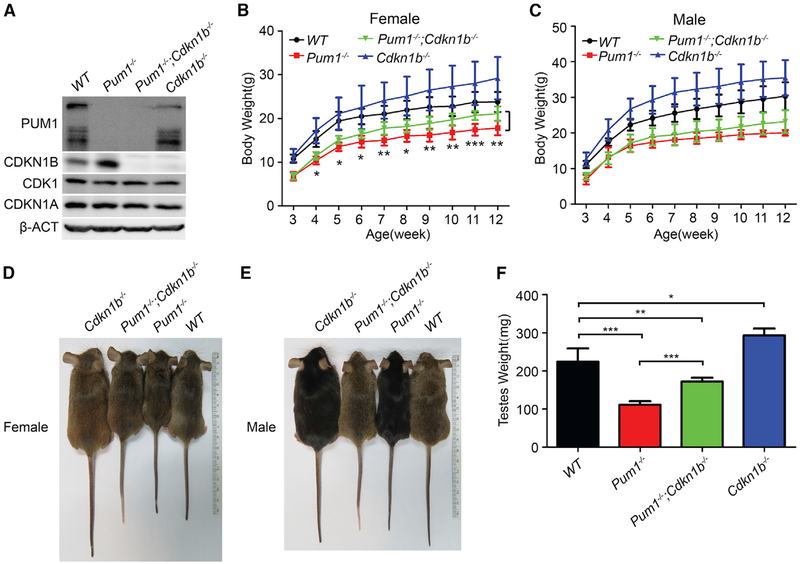Figure 6. Cdkn1b Mutation Partially Rescued the Smaller Body Weight Phenotype of Pum1−/−-Mutant Mice.
(A) Western blot analysis of PUM1 and CDKN1B protein expression of brain tissues from adult single- or double-mutant mice validated the loss of function nature of all three mutants.
(B and C) Body weight of female (B) and male (C) mice was measured from postnatal week 3 to week 12. The body weights of double-knockout females were significantly higher than those of Pum1 single-knockout mice but smaller than wild-type. Data are presented as mean ± SD (N = 5–19 mice/genotype).
(D and E) Representative images of age-matched wild-type, Pum1−/−, Cdkn1b−/−, and Pum1−/−;Cdkn1b−/− female (D) and male (E) mice at the age of 2–3 months.
(F) Testis weight (total weight of both testes) was compared among adult male wild-type, Pum1−/−, Cdkn1b−/−, and Pum1−/−;Cdkn1b−/− mice. Double-mutant testes were again significantly bigger than those of Pum1 mutants but smaller than those of wild-type, indicating a partial rescue in organ weight. N = 7–11 mice/genotype. *p < 0.05, **p < 0.01, and ***p < 0.001 (t test).

